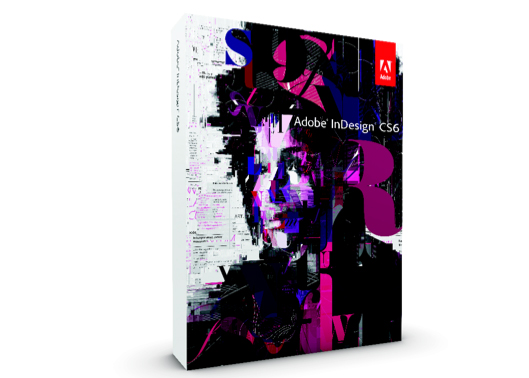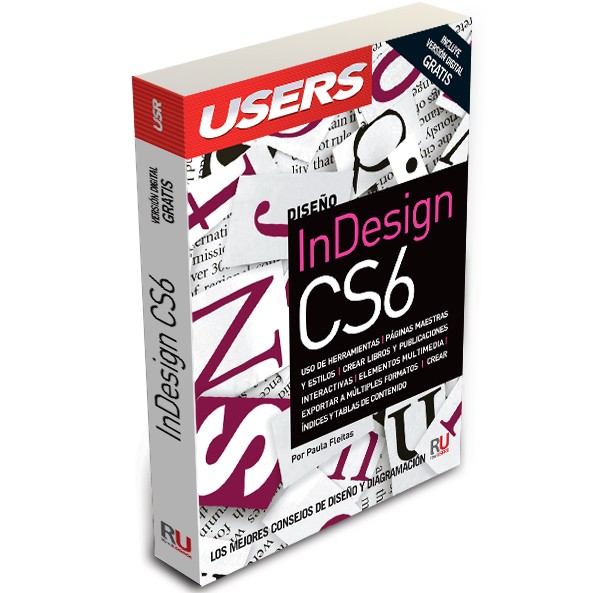

In this version, Adobe vigorously extended its reach far from its former. Previously, the graphics that didn’t belong to the original content of a layout were linked, and users had to update the linked items manually when the original changes. It doesn’t surprise Adobe enthusiasts and designing communities as they were expecting the feature to be included in InDesign sooner or later, as the old document model of Adobe seriously needed change that is badly required for today’s workflows. Most importantly, the new feature is intended to easily convert content from one medium to another or from one device’s specifications to another.

Aside from the print and web intents, users can specify the digital publishing intent before creating a document. Digital PublishingĪnother visible improvement of InDesign CS6 is its Digital Publishing section. You can select an alternate layout by any one of the following methodsĬhoose to Create an Alternate Layout from the Pages panel menu. With this new feature, designers enjoy the advantage of creating page sizes of the same document in the same file.įor example, you can design a document with multiple variants as horizontal and vertical layouts. Adobe understood the importance of the requirement in the increasingly demanding print and digital mediums. The job is just a few clicks away with the new Alternate Layout feature in InDesign CS6.

Relax the new InDesign has a solution to quickly fix the sizes avoiding hours of the pain-stalking crafting part. But the phone rings at the last moment and the client asks from the other end of the phone, Can you change the template dimensions to a new size and send it immediately? All the labor you invested so far went in vain. Select a page with the Page tool, then choose the liquid page rule from the control bar, or you may manually select the tool in Liquid Layouts Panel in Windows > Interactive > Liquid Layout.Įvery designer encounters a daunting situation after completing a design to a particular size per the client’s requirement. By applying liquid page rules, you can determine how the design elements of your page appear when you create an alternative layout of a different size or ratio. The liquid layout is the latest feature that helps designers to create content for multiple page sizes and orientations across diverse device platforms. With the increased use of smartphones and tablets in communication, designers must create multiple versions of their designs that flow well between devices, irrespective of the end-user’s variants. Priorities of design have drastically changed in the past few years. 3D animation, modelling, simulation, game development & others


 0 kommentar(er)
0 kommentar(er)
